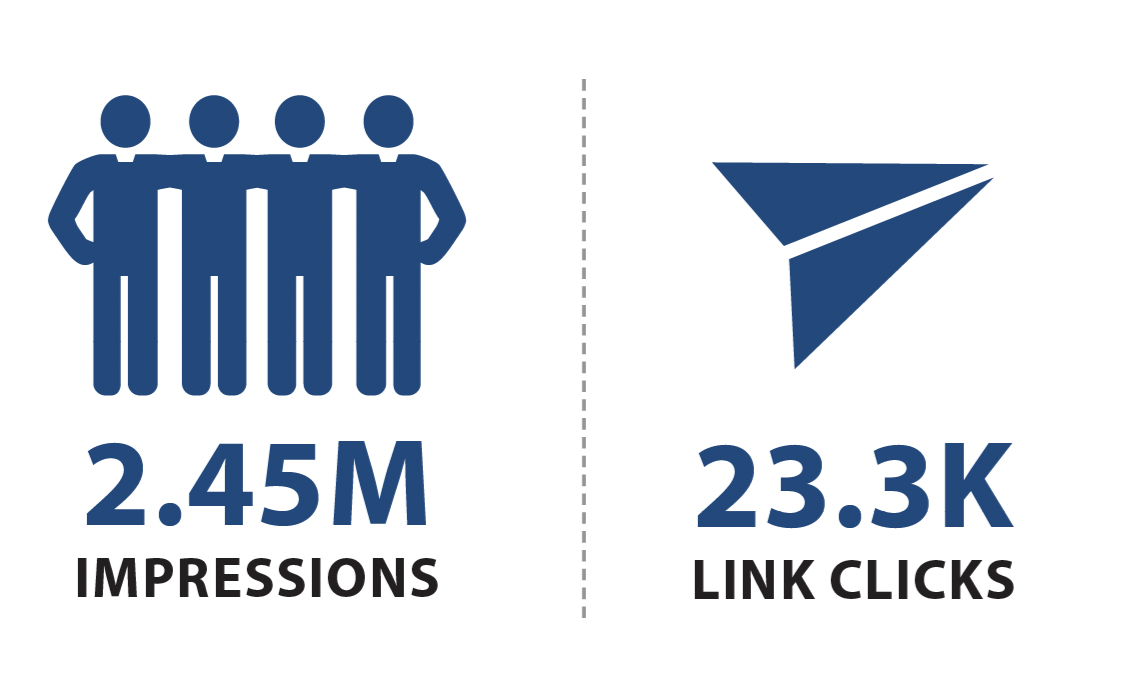By Natasha Rombough, Director of Marketing and Communications, CHBA
Housing is a major concern of governments these days, particularly Canada’s chronic lack of housing supply. But it a took a lot of advocacy from CHBA at all three levels to help draw the link between deteriorating housing affordability and a shortage of supply.
In the 2022 Federal Budget, the government finally acknowledged that Canada doesn’t have enough homes, and they stated that we’ll need to build at least 5.8 million new homes by 2031 to make up the deficit. Given that municipalities and their processes are a big barrier to getting more supply, the federal government developed a Housing Accelerator Fund (HAF). The HAF is a $4-billion investment to incent municipalities to change their processes to grow the annual housing supply in the country’s largest cities every year, with a target of building 100,000 more new middle-class homes by 2024-25 than would normally be built.
The HAF was structured as an application-based fund for municipalities. To be eligible, cities needed to show how they would grow housing supply faster than their historical average by speeding up approval times, tackling NIMBYism, encouraging public transit-oriented development, reducing red tape and more.
But while the federal government had gotten on board with the need for more supply, in the early days of the HAF announcement there remained resistance from many municipalities who did not believe that supply was a critical issue or linked to affordability. And as the keepers of the city keys, without support from municipalities, nothing will get done.

A digital public-awareness campaign
To help support uptake of the HAF and impress upon municipalities the importance of market-rate housing supply in their communities, CHBA worked with local associations across the country to execute a digital municipal supply campaign. We know that municipalities are heavily influenced by their constituents. Therefore, to help to convince municipalities to act on the lack of supply, we also needed to convince the public that increasing supply is in their community’s best interests.
CHBA created four different videos – two short and two long, all under a minute – that tapped into Canadians’ worries about housing: Skyrocketing rent prices, not being able to buy a first home, having to leave to city to afford a home and the impact that unaffordable housing has on the greater community. The videos finished by saying that municipalities have a key role in making more homes of all types available. Along with verbal messaging, the videos made effective use of on-screen captions to help punctuate key points and were shown with varying ad copy.
The videos were promoted on social media and via Google ads from May-June 2023 to coincide with the coming launch of the HAF application portal for municipalities. They were shown to likely homebuyers and homebuying-
age individuals in each local area, as well as people who are engaged with municipal politics/city hall activities, media and municipal decision-makers. Each ad drove traffic to website landing pages where visitors could read more about how housing supply impacts their community and how municipalities can help.

The social media campaign ran on Facebook and Instagram. It performed very well, garnering 2.87 million ad impressions, nearly 47,800 clicks to website landing pages. Since it takes several times for ads messaging to resonate, the ad was shown to the target audience several times over the campaign’s duration, and each person viewed the ads an average of 7.5 times.
To reach people who may not have social media, ads running the non-skippable shorter (15 second) video were also shown on Google and YouTube across the country targeting the same type of audience. The goal of non-skippable ads is for the entire messaging to be heard; driving people to the website was a secondary objective. Interestingly, the ads targeting parameters meant it was shown to the 65+ age group the most, followed by 55 to 64, then 35 to 44. The best timing for the ad was from 7 pm to midnight.
CHBA shared these results with local and provincial executive officers and HBA staff from across the country, many of whom used the campaign assets either within their own locally-targeted campaigned coordinated by the national level of the association, or organically on their own social media platforms and websites.
Take-up of the HAF
At the time of publishing of this article, more than 500 municipalities have submitted applications to the HAF. Several municipalities have already been approved for funding, including London, Halifax, Kelowna and Hamilton. The federal government appears to be sticking to its goal of funding only municipalities that are truly planning on changes to fast-track housing and are negotiating applications to improve them with municipalities that haven’t quite hit the mark. CHBA continues to advocate for more housing supply in its meetings with government officials.
Analytics from CHBA’s social media campaign

Results from CHBA’s Google and YouTube ads campaign













